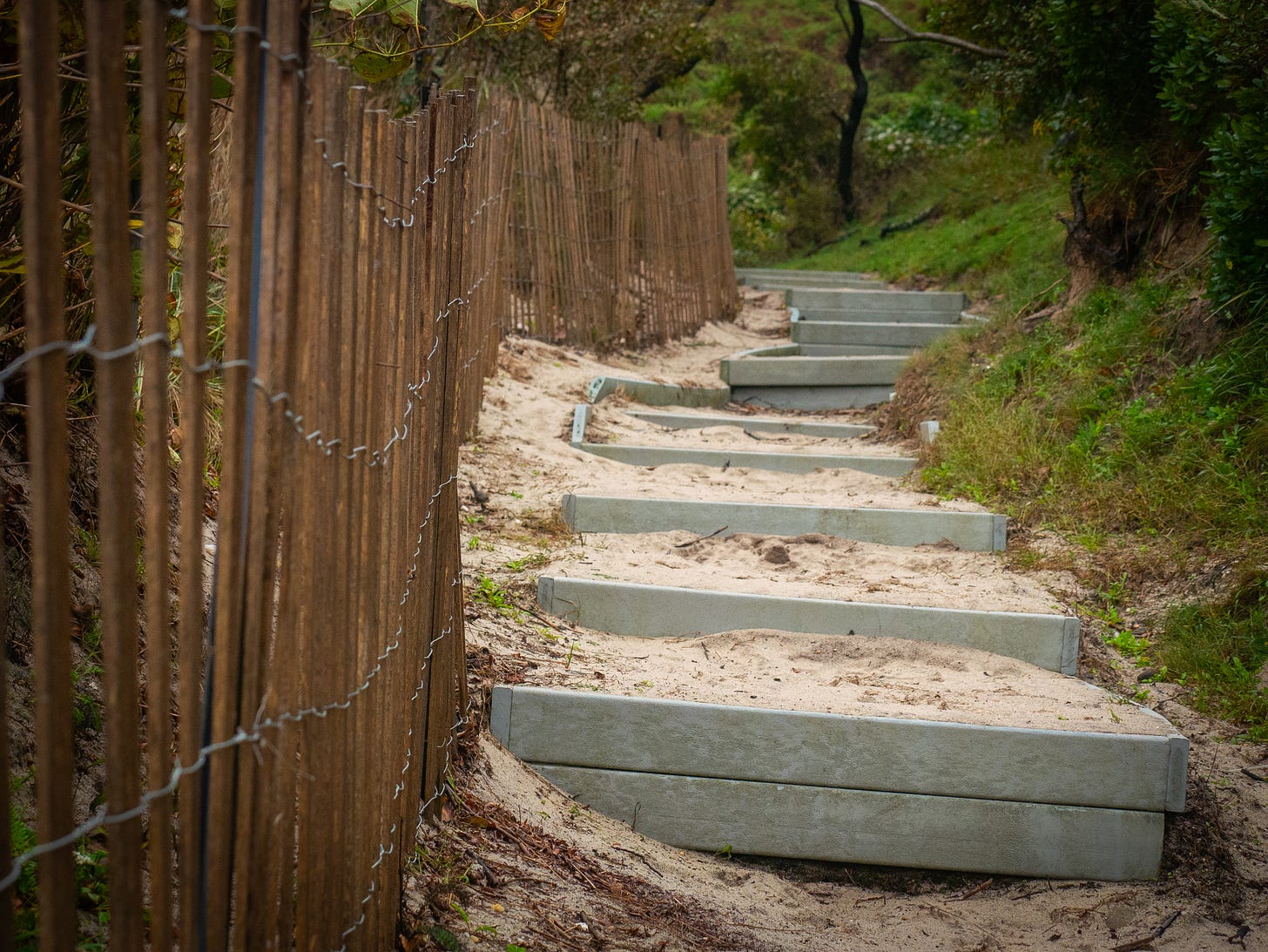The dream:
A woman who had been living underground, was now found out. She comes up from time to time, sometimes directly from natural holes in the ground, while other times these holes are covered by everyday, human-made structures like mailboxes and garbage pails. She emerges and she needs help. She’s being taken away on a stretcher in the hopes that she’ll be cured. And as she’s carried past me, I can’t help it: I’m sobbing for her. At the same time I think, how can I possibly be helpful as a chaplain if I’m sobbing?
It was August, 2023. The New York Times had just published a lead story on the latest environmental crisis: the vast drying up of nearly all underground aquifers in the United States. Because of improper stewardship, mostly from over-pumping by industrial farming, this rich planetary resource has been exploited, gravely endangering the crust above with imminent collapse, and with depletion of the groundwater below. I was astonished when I read it. So astonished that I responded with audible laughter. This is simply too much to bear! What’s the point?! It’s beyond repair, except from the usual entrepreneurs who are trying to pump up the aquifers in their tiny part of Southern California. It’s apocalyptic! Just doomsday stuff and I no longer knew how to respond or relate to this earth that had started to feel like a hospice patient to me.
The night after reading The New York Times story, I dreamt about this woman who lives underground: an ancient woman who emerges from openings in the earth, but is now in need of healing. Over the next few days, I cry for the planet during my morning meditation practice. I feel more connected to this living and therefore also dying host. This perfusion of feeling lasted for a few days, and was quite unusual in my daily meditation.
My contemplative practice has offered me the perspective to reflect upon and translate my dreams as a means to understand my relationship with (not only) my personal, subjective world but with this outer reality of imminent, environmental collapse. And to engage with my dream as a sacred text, authored by the most hallowed part of the self, gives me a stance from which to be in relationship to this overwhelming collective experience. It is precisely out of my commitment to symbolic interpretation, that dreaming itself begins to formulate a process of response. Swiss psychiatrist Carl Jung talked about living in the tension of “the spirit of the depths” and “the spirit of the times”. And I really love that phrasing.
As a contemplative Christian, I find myself often living in the “spirit of the depths”. It is where I’m most at home, and one of the reasons why contemplation nourishes me. Yet, that can be a very private place, and one that can lead to a particular kind of focused attention inward. The new monastic community in which I am a novice, the Community of the Incarnation, has as its third vow, a commitment to live our spirituality in the context of “hearing and responding to the cry of the poor and the cry of the earth”. It is about *doing* as well as being, being called to action as well as contemplation, and I believe that what ties these stances together, is in cultivating a relationship of response to suffering.
I, and other third-year novices, are specifically focusing on the Franciscan charism this year. Many might know St. Francis of Assisi as the subject of a well-loved garden statue, with birds on his shoulder, holding a bird bath. When I was a child, the statue of St. Francis was located in a corner of our family’s garden, and it was the burial location for all deceased tropical fish and even our family’s dog. But Francis stands for something else: for full and fearless engagement with the world as it is. The dream poses a predicament as the question: how can I be a chaplain – be a witness to suffering – if I am suffering myself? What is the role of empathy in bearing witness to the suffering of our planet?
Lisa DeBenedittis PhD is an Episcopal seminarian, a contemplative and a fourth-year novice in the new monastic Community of the Incarnation. She is a licensed psychoanalyst, and internationally-certified Jungian Analyst, training supervisor, and former Director of Training with the Jungian Psychoanalytic Association. Lisa recharges by being outdoors: on the water, or exploring a new hiking trail. Lisa will be a leading Dream On: A Dream Circle for the Center for Spiritual Imagination this spring.




